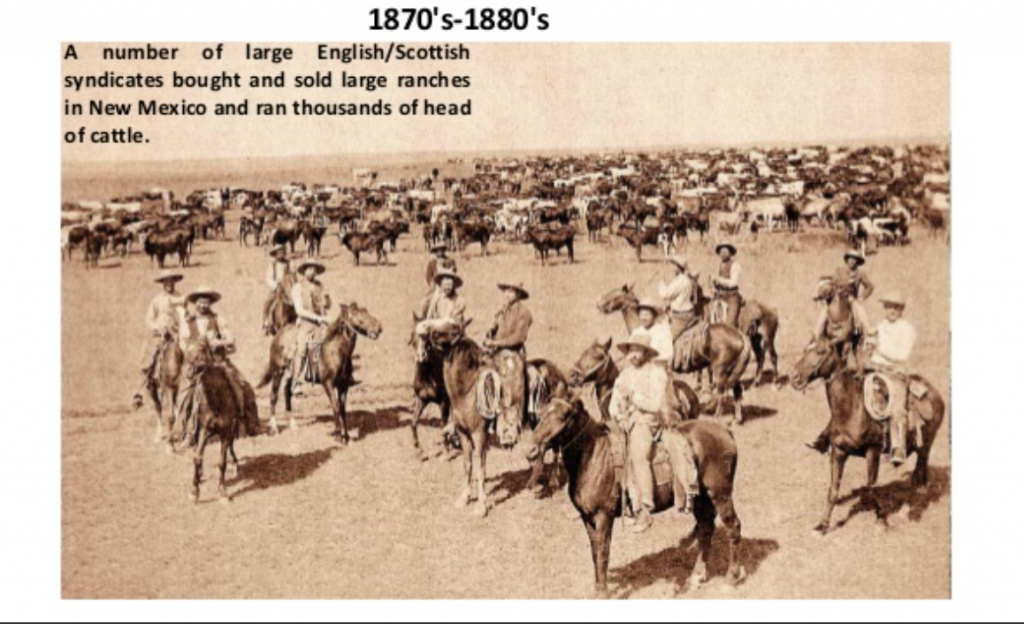Cost Benefit Analysis Federal Regulation: Cost-benefit analysis (CBA) is a tool used by regulatory decision makers to identify the costs and benefits, in financial terms, of a regulation to society as a whole. Persons preparing a CBA attempt to assign a monetary value (also know as monetizing) to all the predicted costs and benefits of a regulation.
Because this is such a long post, and was a process unfolding, I’m putting my main questions up here:
1. Did the 2020 proposed amendment to CBA at the EPA get passed? (Proposed Rule: Increasing Consistency in Considering Benefits and Costs in the Clean Air Act Rulemaking Process)
2. Do public hearings have any effect on the passing of a proposed ruling?
Federal register FAQ (seems Kafkaesque, entirely based on subjective assessment as to the import of public comments)
– – – – – – – – – – – – – – – – – – – – – – – – – – – – – – – – – – – – – – – –
Co-benefits
It seems that the elimination of co-benefits is the biggest (and sneakiest) adjustment to the Clean Air Act. The call for “transparency” is another way of taking a linear approach that refuses to factor true cost (which is often systemic, not object oriented (in this case an “object” is a single pollutant). This object approach (is there a better term for it?) serves only the polluters and associated industries who do not want to be regulated because it costs them too much, and not people–especially poor people–who are subject to the toxic, often complex and systemic results of pollution as a result of living in proximity to pollution-producing industrial practices (be those factories, power plants, dumps).
Seems like MATS (Mercury and Toxic Air Standards) was scapegoated by those in support of the new ruling:


